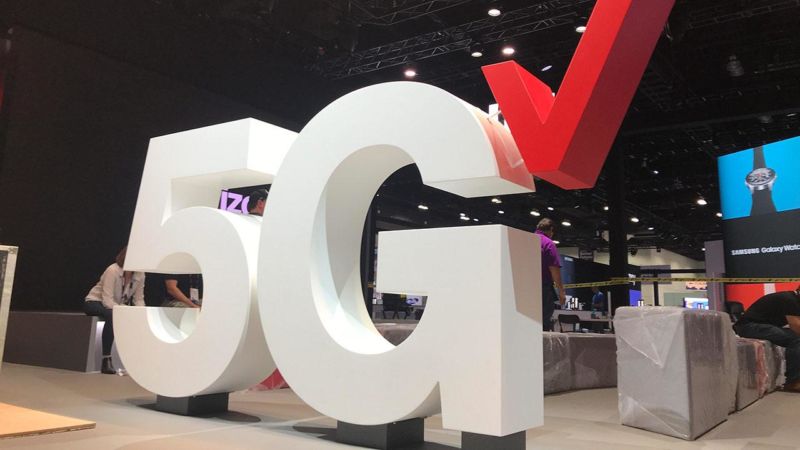
As of yesterday, Verizon announced that thanks to its network engineering team, it is ahead of schedule with its deployment of 5G Ultra Wideband technology. They plan on reaching 175 million people with their 10x faster (than LTE) 5G service by the end of the year.
The company noted their Investor Day 2022, during which the leadership team outlined its goals for the next several years. They aim to grow with the quickly evolving needs of the user.
Of the topics outlined, each showed multiple paths to growth: 5G Mobility, Nationwide Broadband, Mobile Edge Compute (MEC) and business solutions, the Value Market and Network Monetization.
They also stated expectations that it will “drive 4 percent service and other revenue growth for the company in 2024 and beyond.”
“Through our deliberate strategy of investment and divestment we have already significantly increased the size of our addressable market which, over the next 5 years, should grow an additional $120B. We chose a strategy where we not only participate in a much larger market but also a market where we are in the leading position in our paths to growth,” said Hans Vestberg, Verizon Chairman and CEO. “Verizon’s transformative technology and Network-as-a-Service platform is what enables the 5G Economy and makes us the partner of choice for key customers and applications providers. Our high-capacity, low-latency network delivers a superior, unmatched experience that will enable all of our stakeholders to live, work and play in new and amazing ways for years to come.”
Vestberg continued on saying, “Verizon’s networks power a future-proof strategy, built on strong trends in Mobility, Broadband and Cloud. We imagined a world of hyper-connectivity and massive capacity, knowing it would inspire innovation and new use cases. We see immense momentum today and what has us most excited is that we know that our network will support use cases that have not yet even been imagined.”
The Metaverse
As 5G becomes more available with Verizon’s 5G Ultra Wideband network, they’re looking for opportunities for partnerships. They’ve paired up with Meta in a “first-of-its-kind strategic partnership.” Their vision is to couple their 5G Ultra Wideband network and edge compute capabilities with Meta’s technologies to understand the foundational requirements for metaverse applications. They’ll work together to evaluate how Verizon’s mobile edge compute infrastructure can provide intensive XR cloud rendering and low latency streaming, which are core capabilities needed for metaverse applications.
Private Networking
With traditional wireless technology solutions, organizations are often left with coverage gaps, fractured security and inconsistent service quality that leads to costly downtime and lower productivity. To solve this problem for its customers, Verizon Business announced a new, cost competitive, turn-key private networking solution with Celona, that will accelerate the use of private 5G to support a new generation of business initiatives. Together, Verizon and Celona will offer one solution with a common relationship, contract, support center and implementation team.
+play, a new content hub
Verizon also announced a new “+play” feature for subscribers, offering a “direct-to-consumer platform” to allow users to discover, purchase, and manage their favorite subscriptions in one place (similar to Apple TV or Prime Video Channels). Verizon customers will have access to exclusive deals through partnerships with Disney+, Netflix, Peloton, and others. +play is set to launch later this year, with limited trials beginning at the end of this month.
Ultra C-Band
With the expansion of C-Band coverage, Verizon provides additional growth opportunities in nationwide broadband with over 150,000 net additions expected for fixed wireless access alone in the first quarter of 2022.
Over the next few years, they plan to significantly expand its fixed wireless coverage of households and businesses. Ideally, they’ll cover 50 million households and 14 million businesses, and have 4 to 5 million total fixed wireless subscribers by the end of 2025.

